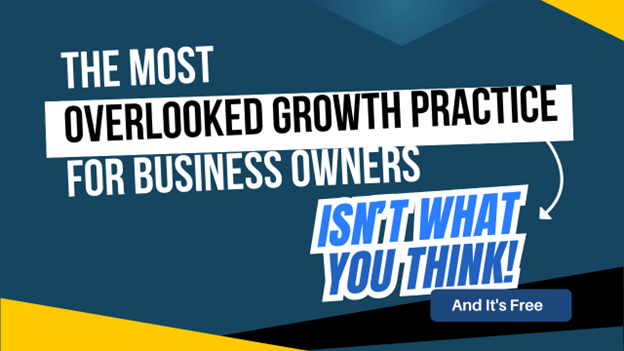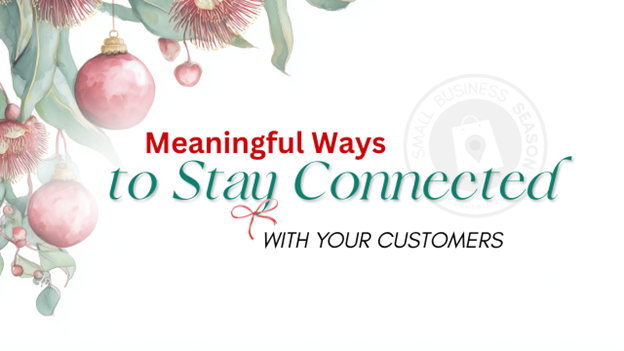4 Tasks to Make You a More Intentional Leader
Whether you are starting your own business or reporting to someone else, you can be the leader you want to be with just a few changes to your weekly routine. All it takes is a little awareness.
Before we get into the routines you can incorporate into your week, it’s important to understand that it may feel difficult to implement these changes if you’re really struggling in your professional life. You may feel like you need to concentrate on the basics before you can take on the “fluffy” feel-good leadership tasks. But if you don’t make time for these (even a few minutes of focus will help), you will find yourself struggling between wanting to be a better leader and achieving it. Even if it means concentrating on some of these ideas while you’re in the shower or driving to work (instead of listening to music), make the time. You’ll notice a difference in what you see meaning in.
4 Tasks to Make You a More Intentional Leader
Define Your “Win”
What it looks like: Take a moment each week to clearly define what success looks like for you, your team, or a specific project. Write down one or two measurable outcomes that, if achieved, would make the week feel successful. For instance, a "win" could be delivering a presentation effectively (make sure you define “effectively” by outcome), resolving a lingering team conflict, or hitting a milestone in a project.
How to do it: Use a few minutes on Sunday night or Monday morning to reflect. Ask yourself, “What needs to happen this week for me to feel we’re moving in the right direction?” Jot this down in a note app, planner, on your hand, or whatever works to keep it front and center in your mind.
Why it works: Leaders who define success sharpen their focus and set clear priorities. This habit eliminates decision fatigue and ensures your efforts align with meaningful outcomes.
Take Note of Your Energy Levels
What it looks like: Reactive leaders respond. They don’t strategize. They do things in reaction to something else, they’re not in control of their schedules. That’s not sustainable. To be more strategic, you need to track and understand your energy levels throughout the day. Notice when you feel the most productive, creative, or drained. Over time, you’ll identify your natural rhythms and be able to plan your important tasks during your most energetic or creative times.
How to do it: During moments of reflection—like in the shower, while waiting in line, or even at a red light—pause to ask, “How do I feel right now? When did I feel most energized today?” Start noting patterns, such as your energy peaking in the morning or dipping after lunch. For instance, I wake up groggy, so I use the first couple hours to complete my “quiet time” activities like reading and planning. By the time 8 or 9 hits, I’m ready to implement. If I tried to implement earlier, I would need to redo those tasks, so it makes more sense to capitalize on my natural schedule.
Why it works: Great leaders manage not just their time but also their energy. By aligning high-energy tasks with your peak hours and reserving low-energy periods for simpler tasks, you’ll operate more effectively.
Practice a Daily Management Sprint
What it looks like: Dedicate several focused minutes each day to a “management sprint.” This is uninterrupted time to knock out key leadership tasks: replying to emails, checking in with your team, or addressing project bottlenecks.
How to do it: Pick a consistent time, like the first 15 minutes of your workday, your commute (you can brainstorm ideas with an AI tool on your way to work), or right after lunch. Use a timer and commit to working solely on leadership tasks—no multitasking. If needed, block the time in your calendar to avoid distractions.
Why it works: Leadership tasks often fall by the wayside amidst busy schedules. A short, focused sprint ensures these critical responsibilities are addressed daily without consuming hours of your time.
Implement Vision 30
What it looks like: Spend 30 minutes a week thinking about the bigger picture: your team’s goals, company direction, or your personal leadership growth. This could involve reading an article, brainstorming ideas for a strategy, or reflecting on long-term goals.
How to do it: Use “stolen minutes” throughout the week to ponder big-picture questions. During your commute, you could brainstorm with an AI assistant. On a lunch break, journal ideas. While walking the dog, reflect on long-term goals. Then schedule a formal 30-minute session during the week to organize and refine the thoughts you’ve had during these “mini” sessions. You’ll be surprised how they add up.
Why it works: Leaders can easily get stuck in day-to-day operations, losing sight of the broader vision. But when they block out hours for strategic planning, it can feel overwhelming. This type of bite-sized strategic thinking is doable in everyone’s schedule and ensures you stay proactive rather than reactive, helping you lead with clarity and purpose.
These tasks don’t require hours of effort—they require intention and creativity. By weaving these practices into your daily routine, you can transform “wasted minutes” into powerful leadership moments. Over time, you’ll notice improved clarity, energy, and confidence in your role as a leader.
Leadership Leavenworth-Lansing
Have you gone through our Leadership class yet? This initiative was started in 1985 as a way to bring together leaders within the community to engage with each other, learn about the services and organizations in the area, and grow as leaders. Interested? Class applications are open June-July. Contact Office@LLChamber.com for more information.
------------
Christina Metcalf is a writer and women’s speaker who believes in the power of story. She works with small businesses, chambers of commerce, and business professionals who want to make an impression and grow a loyal customer/member base. She is the author of The Glinda Principle, rediscovering the magic within.
_______________________________________
Medium: @christinametcalf
Facebook: @tellyourstorygetemtalking
Instagram: @christinametcalfauthor
LinkedIn: @christinagsmith




